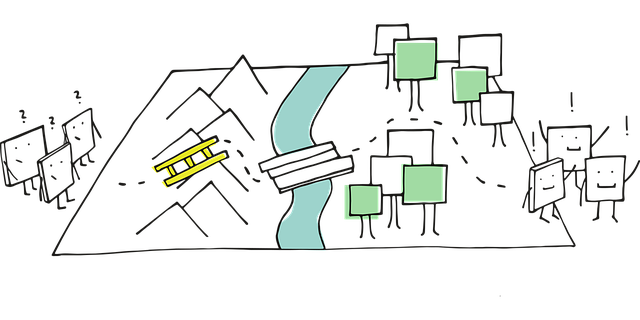Eugene, Oregon, aims for a fully inclusive transport system, addressing accessibility challenges faced by its diverse community. While progress has been made with wheelchair-accessible infrastructure and paratransit services, there's a push to enhance door-to-door options for seniors and improve public transit accessibility for individuals with disabilities. Through expanding paratransit, incorporating accessibility into routes, promoting awareness, and ensuring affordability, Eugene Oregon strives to create an accessible transport system that empowers all residents, fostering community participation and mobility equity.
Eugene, Oregon, boasts a vibrant community but faces challenges in providing accessible transportation for all its residents. From disabled transport to senior mobility, ensuring everyone can navigate the city seamlessly is a pressing issue. This article delves into the current landscape, exploring the current challenges facing various communities and presenting solutions towards an inclusive transport system. Discover how wheelchair accessible options, paratransit services, and innovative initiatives are revolutionizing accessible transportation in Eugene Oregon.
- Understanding the Need for Accessible Transportation in Eugene, Oregon
- Current Challenges Facing Different Communities in Eugene
- Exploring Solutions and Initiatives for an Inclusive Transport System
Understanding the Need for Accessible Transportation in Eugene, Oregon

In Eugene, Oregon, the need for accessible transportation goes beyond mere convenience; it’s a matter of ensuring equal access and inclusion for all residents, including those with disabilities, seniors, and individuals using wheelchairs. The city’s vibrant community and diverse population demand a robust and inclusive transport system that caters to various mobility needs. Many residents rely on paratransit services to navigate the city, ensuring they can access essential services, employment opportunities, healthcare facilities, and community events without barriers.
The challenge lies in enhancing existing transportation options to be fully wheelchair accessible and accommodating for individuals with diverse disabilities. By expanding paratransit services, incorporating accessibility features into public transit routes, and promoting awareness about available resources, Eugene Oregon can move towards a more inclusive transport system. This involves addressing physical barriers, improving customer service, and ensuring affordability for all, fostering a city where everyone feels welcome and mobile.
Current Challenges Facing Different Communities in Eugene

The diverse communities in Eugene, Oregon, face distinct challenges when it comes to accessible transportation. While the city has made strides in developing wheelchair-accessible infrastructure and paratransit services, certain groups remain underserved. Seniors, for instance, often struggle with limited options for door-to-door transport, making it difficult for them to access medical appointments, community events, and social services independently. This issue is further compounded by the lack of affordable and accessible ride-sharing services tailored to their specific needs.
Additionally, individuals with disabilities face barriers in navigating the city’s public transportation system due to limited accessibility features on buses and trains. The absence of dedicated paratransit services for those who cannot use conventional public transit adds to these challenges. Eugene’s growing population, including a significant number of elderly and disabled residents, demands inclusive transport solutions that ensure mobility equity and enhance their quality of life.
Exploring Solutions and Initiatives for an Inclusive Transport System

Eugene, Oregon, faces challenges in creating an entirely accessible transportation system for its diverse community. With a growing population including seniors and individuals with disabilities, ensuring mobility options for all is essential. The city has made strides by implementing various initiatives to improve accessibility. One notable solution is the expansion of paratransit services, offering door-to-door transportation for those who cannot use regular public transit due to disabilities or mobility issues. These services are tailored to meet individual needs, providing freedom and independence.
Additionally, Eugene’s local transport authority has collaborated with community organizations to enhance wheelchair accessibility on buses and trains. This includes the installation of specialized equipment and training for staff to cater to passengers with wheelchairs. The city also promotes inclusive urban planning by designing pedestrian routes and transit stops that are easily navigable for everyone, including those using mobility aids. These efforts showcase a commitment to creating an inclusive transport system where all residents can participate fully in community life.
